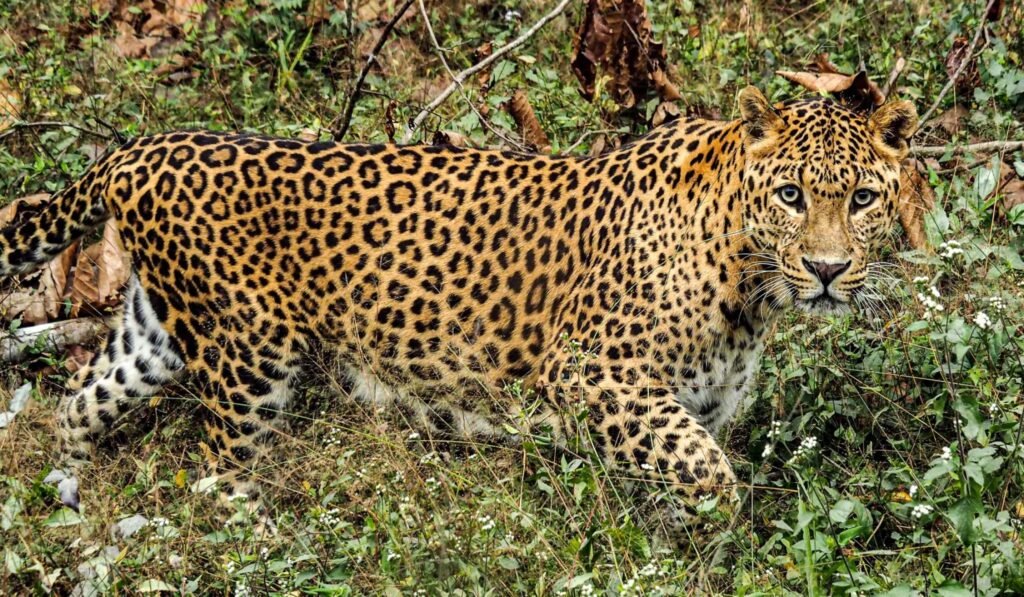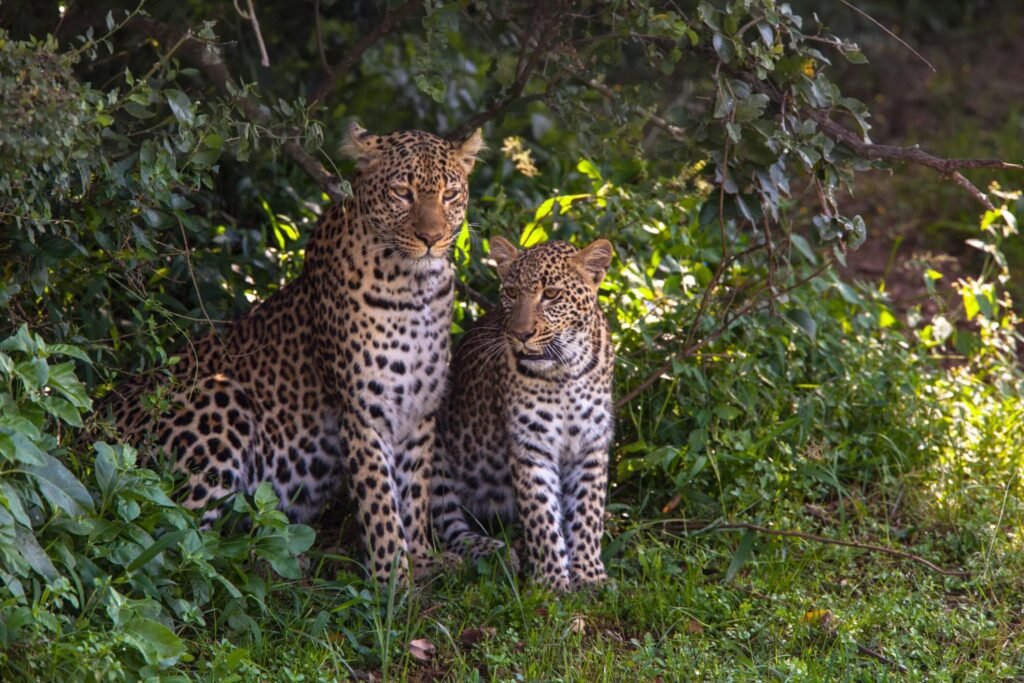
The leopard, Panthera pardus, is one of the most adaptable and widespread big cats, found across a vast range in sub-Saharan Africa, parts of North Africa, the Middle East, Asia, and even a small part of Russia. Renowned for its stunning rosette-patterned coat, which provides excellent camouflage in a variety of environments, the leopard is a powerful and elusive predator. This solitary and largely nocturnal cat is incredibly versatile, inhabiting diverse habitats from rainforests and savannas to mountains and deserts, often near human settlements. Leopards are opportunistic hunters with a broad diet, preying on everything from insects and rodents to medium-sized antelopes, and are famous for dragging their kills up trees to protect them from scavengers like hyenas. Their exceptional climbing ability, strength, and stealth make them formidable hunters.

Leopards play a critical ecological role as apex predators in virtually every ecosystem they inhabit. By preying on a wide range of animals, they help to regulate the populations of herbivores, preventing overgrazing and maintaining the health and diversity of plant communities. This in turn supports a multitude of other species that rely on these plant resources. As highly adaptable animals, their presence in both pristine wilderness and more human-modified landscapes makes them important indicators of environmental health. Conserving leopards and their varied habitats not only ensures the survival of this magnificent big cat but also contributes significantly to the overall biodiversity and ecological balance of vast regions across three continents.
Every day, wild cats around the world face threats like habitat loss, poaching, and natural climate progression. But hope isn’t lost. With your support, we can protect these majestic animals and preserve their habitats.
Join our growing community of wildlife champions and help create a safer future for all 40 wild cat species.
Zoo-EV is a nonprofit organization dedicated to the protection and preservation of the world’s 40 wild cat species through education, community engagement, and conservation initiatives. Zoo-EV is recognized as a 501(c)(3) tax-exempt organization by the IRS, with the Employer Identification Number (EIN) 88-3636567.